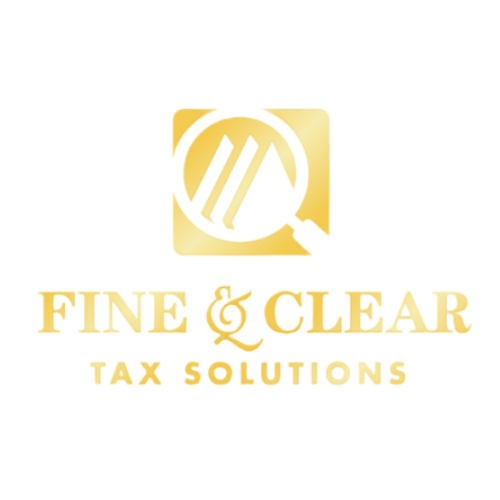IRS Tax Levy

A tax levy is a collection process used by the IRS to legally seize a taxpayer’s assets to satisfy unpaid taxes. Common tax levy types include wage garnishment, bank levy, 1099 Levy, reduced tax refunds, property seizure, other asset seizure, and seizure of passports. The IRS will use whichever method is easiest for them to recoup the money that is due.
Here’s more detail on what can be seized:
Wage Garnishment
The IRS will contact a taxpayer’s employer and require them to withhold a certain percentage for owed taxes. A wage garnishment will remain in place until enough money is collected to satisfy the debt, plus interest and penalties.
Bank Levy
The IRS will contact a taxpayer’s bank and require them to put a hold on the funds to prevent withdrawals for 21 days. After the 21 days, the bank must deduct the amount due and forward it to the IRS. If there isn’t enough money to satisfy the debt, the IRS may repeat the process until the debt is paid in full.
1099 Levy
The IRS will issue levies to collect a taxpayer’s current 1099 payments.
Property Seizure
The IRS can take any property a taxpayer owns, auction it, and keep the proceeds.
If you owe back taxes to the IRS, you may be in danger of receiving a tax levy on your assets. It takes strategy and planning to minimize the financial impact on your life. We can help you reduce penalties and get relief. Please contact the team at Fine and Clear Tax Solutions or call 516-209-2594.
